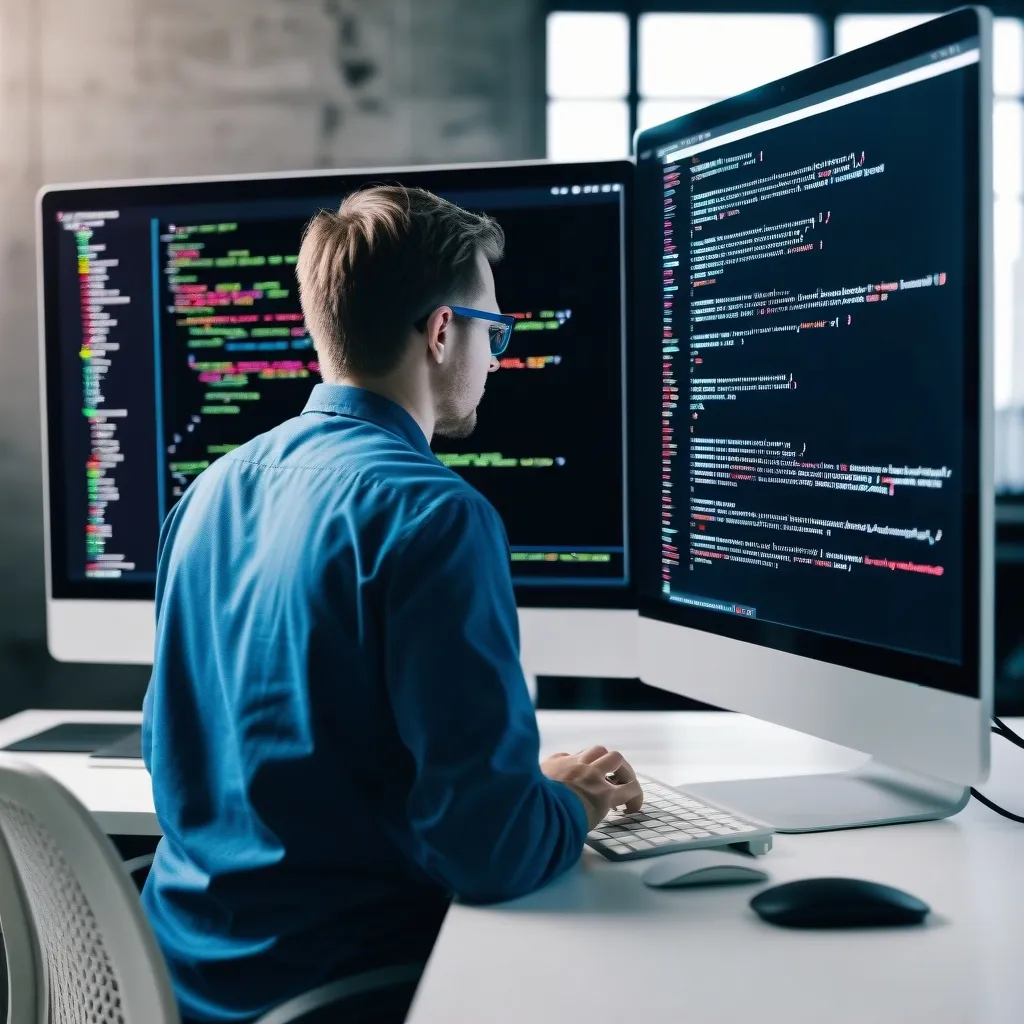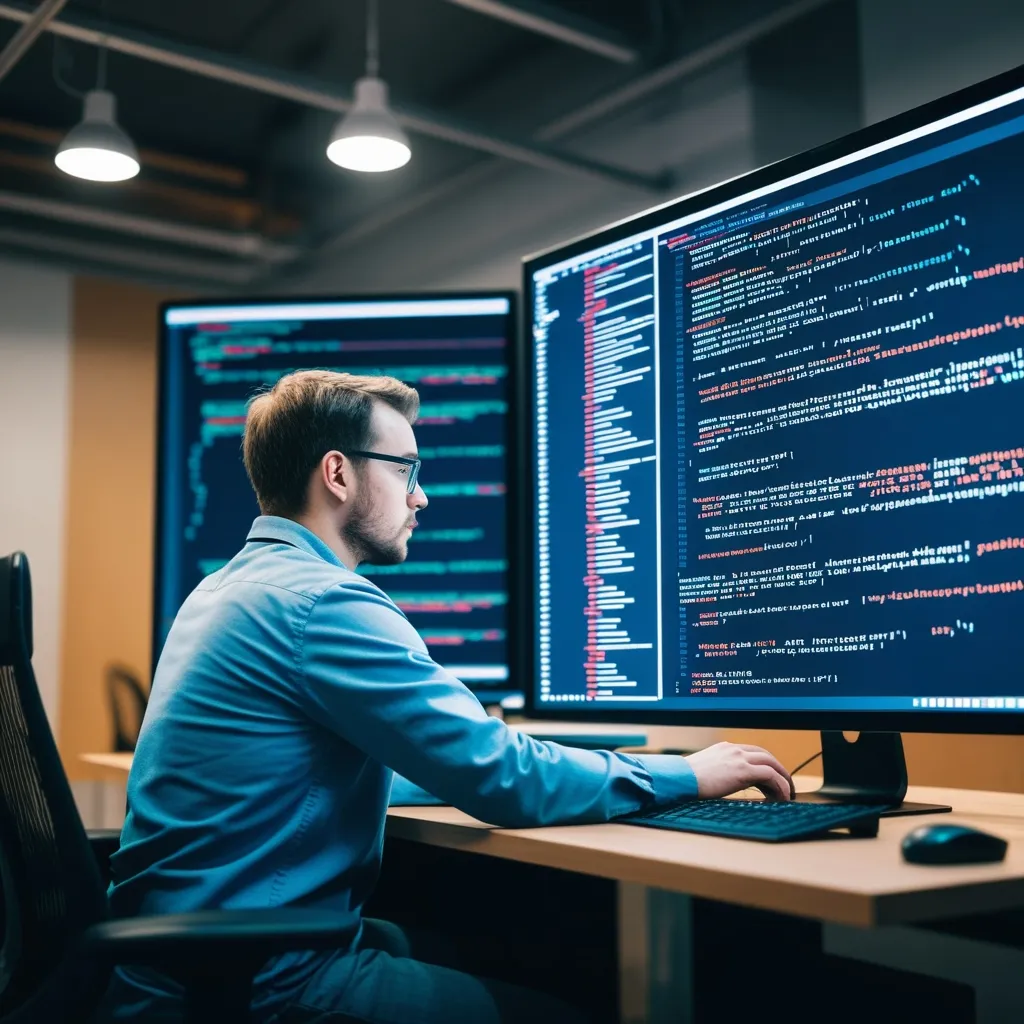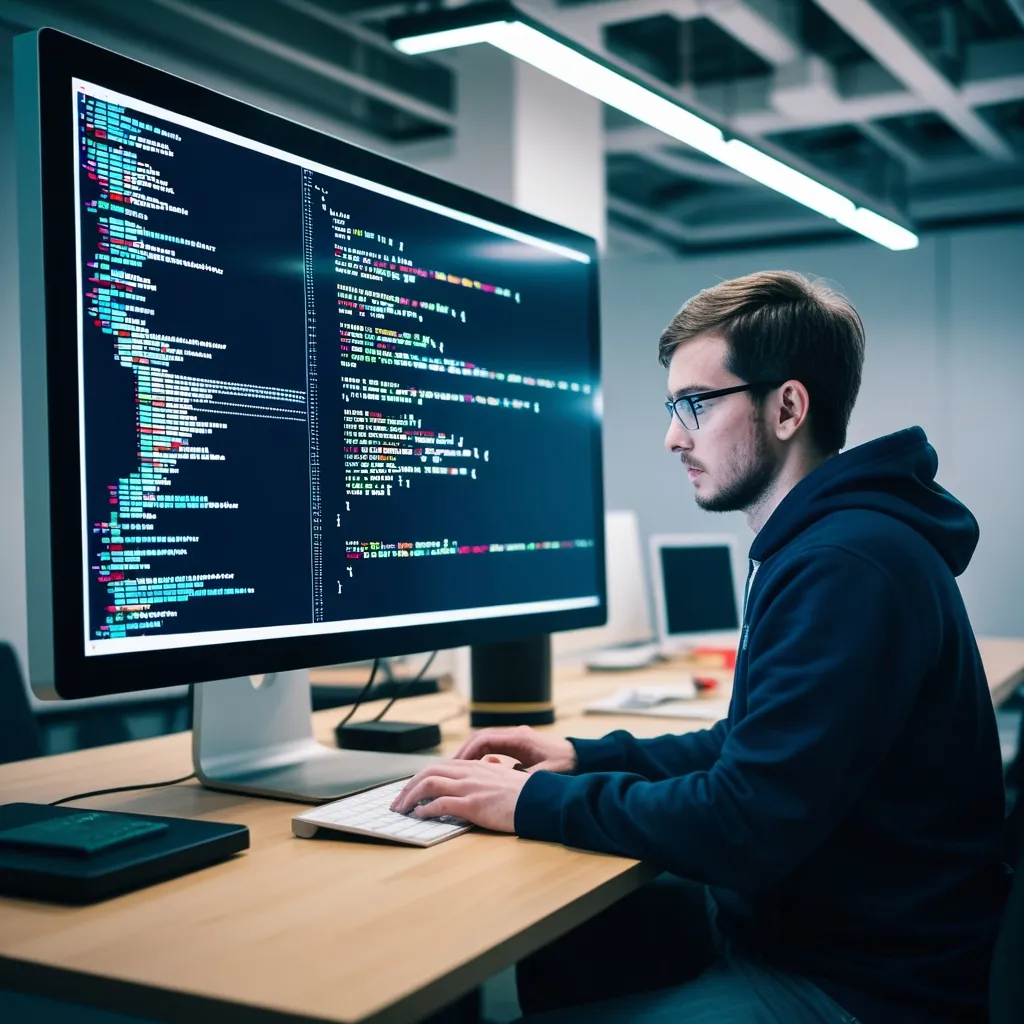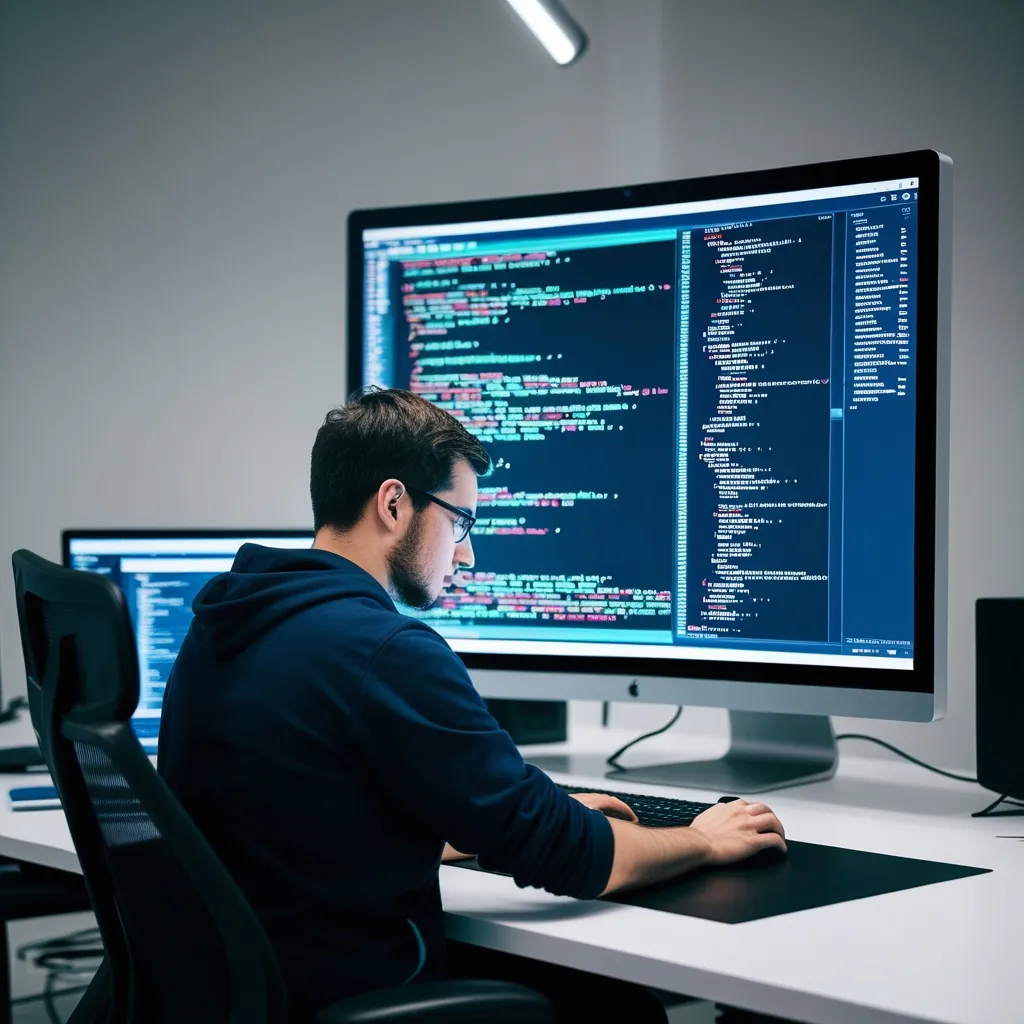Python provides robust tools for image processing, each serving distinct purposes. I’ve found these libraries indispensable for transforming pixels into insights, whether enhancing photos or analyzing medical scans. Their specialized capabilities streamline complex workflows.
Pillow excels at fundamental operations. When I need to quickly resize batches of product images or convert formats, it’s my first choice. The intuitive syntax handles common tasks efficiently. Consider this color adjustment example:
from PIL import Image, ImageEnhance
def adjust_sharpness(input_path, output_path, factor):
with Image.open(input_path) as img:
enhancer = ImageEnhance.Sharpness(img)
enhanced = enhancer.enhance(factor)
enhanced.save(output_path)
# Increase sharpness by 2.5x
adjust_sharpness('product.jpg', 'enhanced_product.jpg', 2.5)
OpenCV delivers real-time computer vision power. I’ve integrated it into surveillance systems where frame-by-frame analysis matters. Its Haar cascades enable efficient object detection without heavy resources. Here’s a face detection implementation:
import cv2
def detect_faces(image_path):
face_cascade = cv2.CascadeClassifier(cv2.data.haarcascades + 'haarcascade_frontalface_default.xml')
img = cv2.imread(image_path)
gray = cv2.cvtColor(img, cv2.COLOR_BGR2GRAY)
faces = face_cascade.detectMultiScale(
gray,
scaleFactor=1.1,
minNeighbors=5,
minSize=(30, 30)
for (x, y, w, h) in faces:
cv2.rectangle(img, (x, y), (x+w, y+h), (0, 255, 0), 2)
cv2.imwrite('detected_faces.jpg', img)
detect_faces('team_photo.jpg')
scikit-image shines in scientific contexts. When analyzing microscope images, its segmentation algorithms save hours. The library’s cohesion with NumPy simplifies matrix operations. This thresholding technique separates cells from background:
from skimage import io, filters
from skimage.color import rgb2gray
image = io.imread('microscope_slide.png')
gray_image = rgb2gray(image)
thresh = filters.threshold_otsu(gray_image)
binary = gray_image > thresh
io.imsave('segmented_cells.png', binary)
Mahotas accelerates bioimage processing. For large histology scans, its optimized functions outperform alternatives. I recall processing 10,000+ cell images where its speed was critical. Texture analysis identifies tissue patterns effectively:
import mahotas as mh
texture_image = mh.imread('tissue_sample.tiff')
haralick_features = mh.features.haralick(texture_image)
print(f"Contrast: {haralick_features.mean(axis=0)[1]:.2f}")
print(f"Correlation: {haralick_features.mean(axis=0)[2]:.2f}")
SimpleITK excels in medical imaging. Aligning MRI scans demands precision, and its registration tools deliver. This affine transformation aligns patient scans taken at different times:
import SimpleITK as sitk
fixed = sitk.ReadImage("baseline_scan.nrrd")
moving = sitk.ReadImage("followup_scan.nrrd")
initial_transform = sitk.CenteredTransformInitializer(
fixed, moving, sitk.AffineTransform(3)
registration_method = sitk.ImageRegistrationMethod()
registration_method.SetMetricAsMattesMutualInformation(numberOfHistogramBins=50)
final_transform = registration_method.Execute(fixed, moving)
resampled = sitk.Resample(moving, fixed, final_transform, sitk.sitkLinear, 0.0)
sitk.WriteImage(resampled, "aligned_scan.nrrd")
imageio handles diverse formats seamlessly. When working with experimental data, its unified interface manages TIFF stacks and DICOM files alike. This snippet processes a timelapse sequence:
import imageio
import numpy as np
reader = imageio.get_reader('time_lapse.ome.tiff')
metadata = reader.get_meta_data()
frame_stack = []
for i, frame in enumerate(reader):
if i % 10 == 0: # Sample every 10th frame
processed = np.clip(frame * 1.2, 0, 255).astype(np.uint8)
frame_stack.append(processed)
imageio.mimsave('sampled.gif', frame_stack, fps=15)
These libraries form a versatile toolkit. Pillow handles basic edits while OpenCV manages real-time analysis. scikit-image offers scientific precision, Mahotas accelerates bioimage tasks, SimpleITK specializes in medical data, and imageio bridges format gaps. Combining them addresses most imaging challenges efficiently. The key is matching library strengths to project requirements - I frequently use multiple in tandem for complex pipelines. Their continuous development ensures Python remains essential for image-driven innovation.






